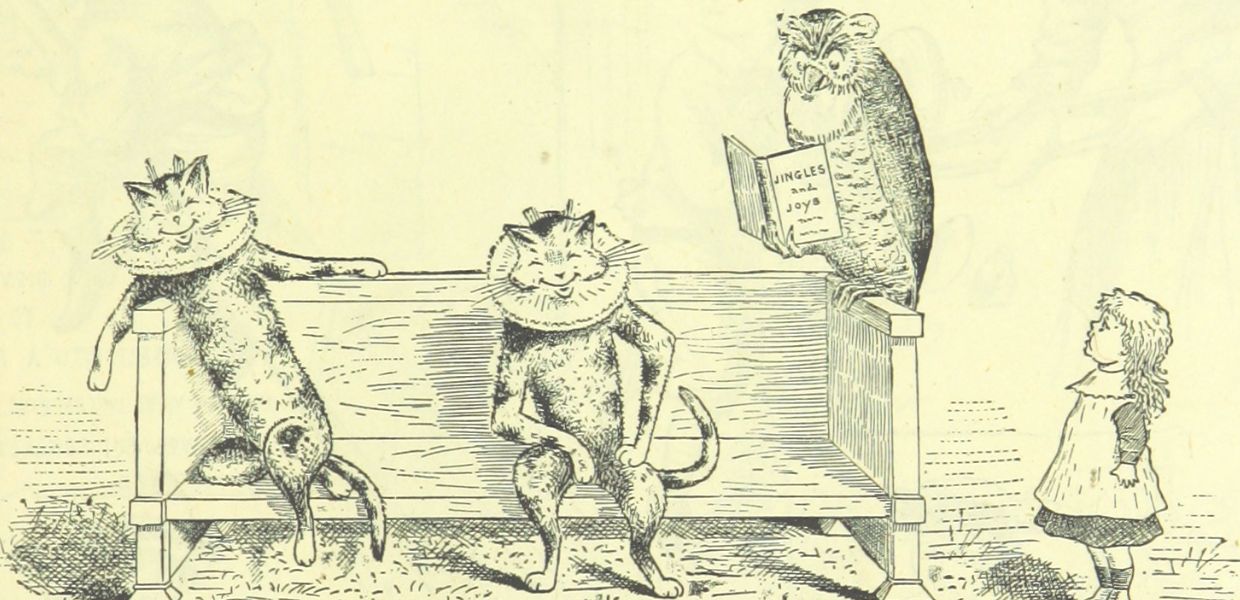What makes a story memorable and engaging?
So what’s at the heart of a good story, digital or otherwise? Emotional connection.
Tapping into our emotions is what creates that powerful experience and a sense of psychological proximity. It makes sense that people are more interested in events that happen to them personally than those that happen to others or to strangers. What skilled storytellers do is create characters and journeys that other people can easily relate to - so that the story is as close to the reader or viewer as possible. The more we empathise with the characters, the more interesting the events happening in the story are to us. When we put ourselves in the place of the characters, psychological proximity is really tight.
Stories about cultural heritage are very effective from this perspective because by connecting the audience to the characters and events of the past, they often trigger our own personal memories, emotions and experiences, generating empathy and fostering that sought-after sticky engagement. For example, take a look at A Closer Look (Louvre, Paris) - this experience invites people to look closely at a high-resolution image of a single artwork, before telling the story of its subject and creation and providing interesting comparisons with other works. And ‘There is a bat in the library’ (Museum of English Rural Life, Reading) - this Twitter thread uses an informal event to entertain and then inform people about bats and their conservation.
More from the Task Force
At Europeana, we have been thinking about digital storytelling for some time, and in September 2020 were delighted to launch a Task Force on the topic, run by the Europeana Communicators Community with 26 members from 14 countries. We have spent the last six months analysing examples of online digital storytelling from the cultural heritage sector that our members have found and loved.
In our next posts, you’ll find out more about the longlist of great practice examples we’ve looked at and will be able to explore them yourselves, as well as our three detailed case studies and our seven tips for digital storytelling with cultural heritage.
We hope that the outcomes of this Task Force - which show that the great digital storytelling we have discovered doesn’t necessarily rely on fancy formats or big budgets - will help Europeana to support institutions to develop their capacity for developing and using digital storytelling practices, whether their final publication place is on Europeana or elsewhere.
Interested? Then keep an eye on Europeana Pro News for more from the Task Force and register for our webinar on 9 June, when we’ll hear more from the Task Force and are delighted to welcome expert storytellers from the sector to share their experiences.
And also - check out the Digital Storytelling Festival - a creative competition from Europeana and the Digital Heritage Lab on Medium and social media.



